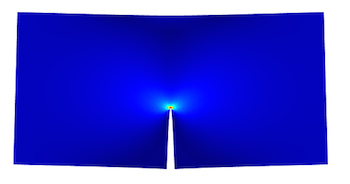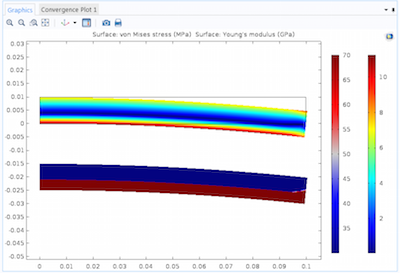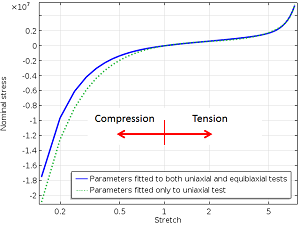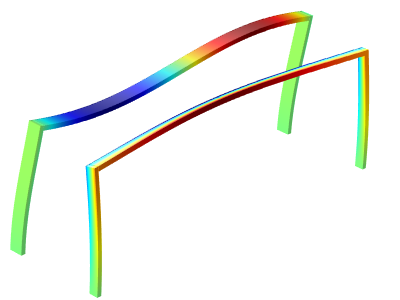All posts by Henrik Sönnerlind

Singularities in Finite Element Models: Dealing with Red Spots
Seeing red? Explore common causes of singularities in your finite element models, as well as when and how to remove them and how to interpret your simulation results.

Part 2: Obtaining Material Data for Structural Mechanics from Measurements
Learn how to use nonlinear elastic and elastoplastic materials, as well as a method for using your measured data directly in COMSOL Multiphysics®. Part 2 of a series on hyperelastic materials.

Obtaining Material Data for Structural Mechanics from Measurements
Linear elastic, hyperelastic, nonlinear elastic, plasticity, creep, concrete: COMSOL Multiphysics® contains a number of built-in material models for structural analyses. Get an intro >>

Buckling, When Structures Suddenly Collapse
The easiest way to approach a buckling problem — like a bridge collapse or crushed soda can — is by performing a linearized buckling analysis. See how to do so in COMSOL Multiphysics® here >>

Why All These Stresses and Strains?
In structural mechanics you will come across a plethora of stress and strain definitions. It may be a Second Piola-Kirchhoff Stress or a Logarithmic Strain. In this blog post we will investigate these quantities, discuss why there is a need for so many variations of stresses and strains, and illuminate the consequences for you as a finite element analyst. The defining tensor expressions and transformations can be found in many textbooks, as well as through some web links at the […]
